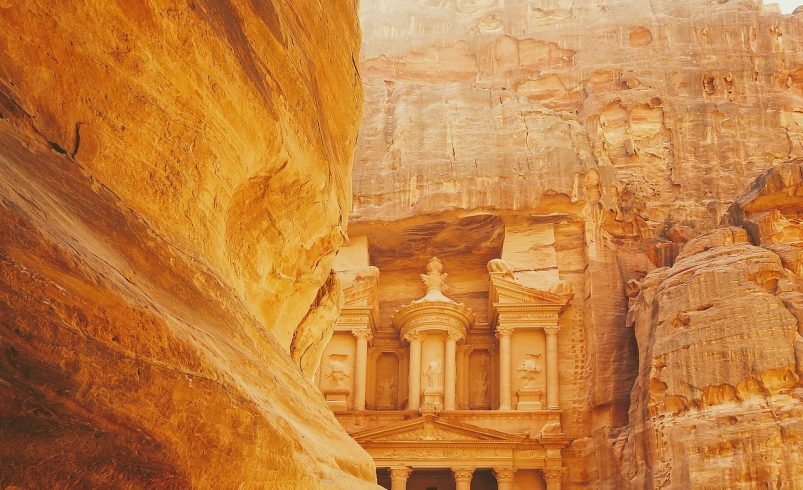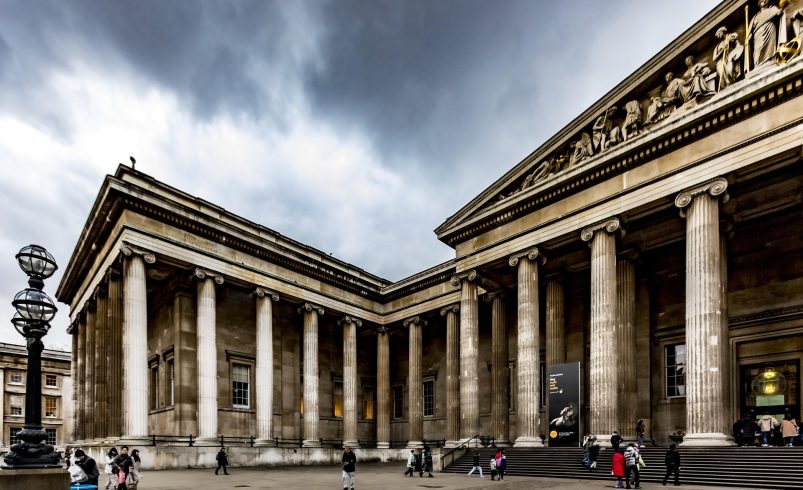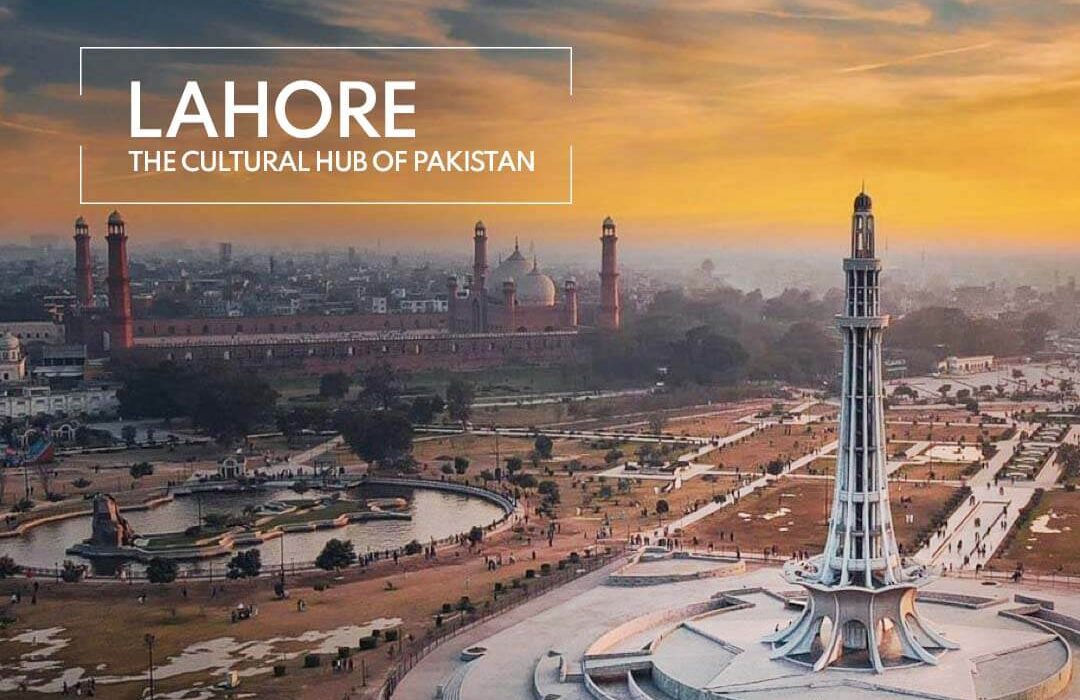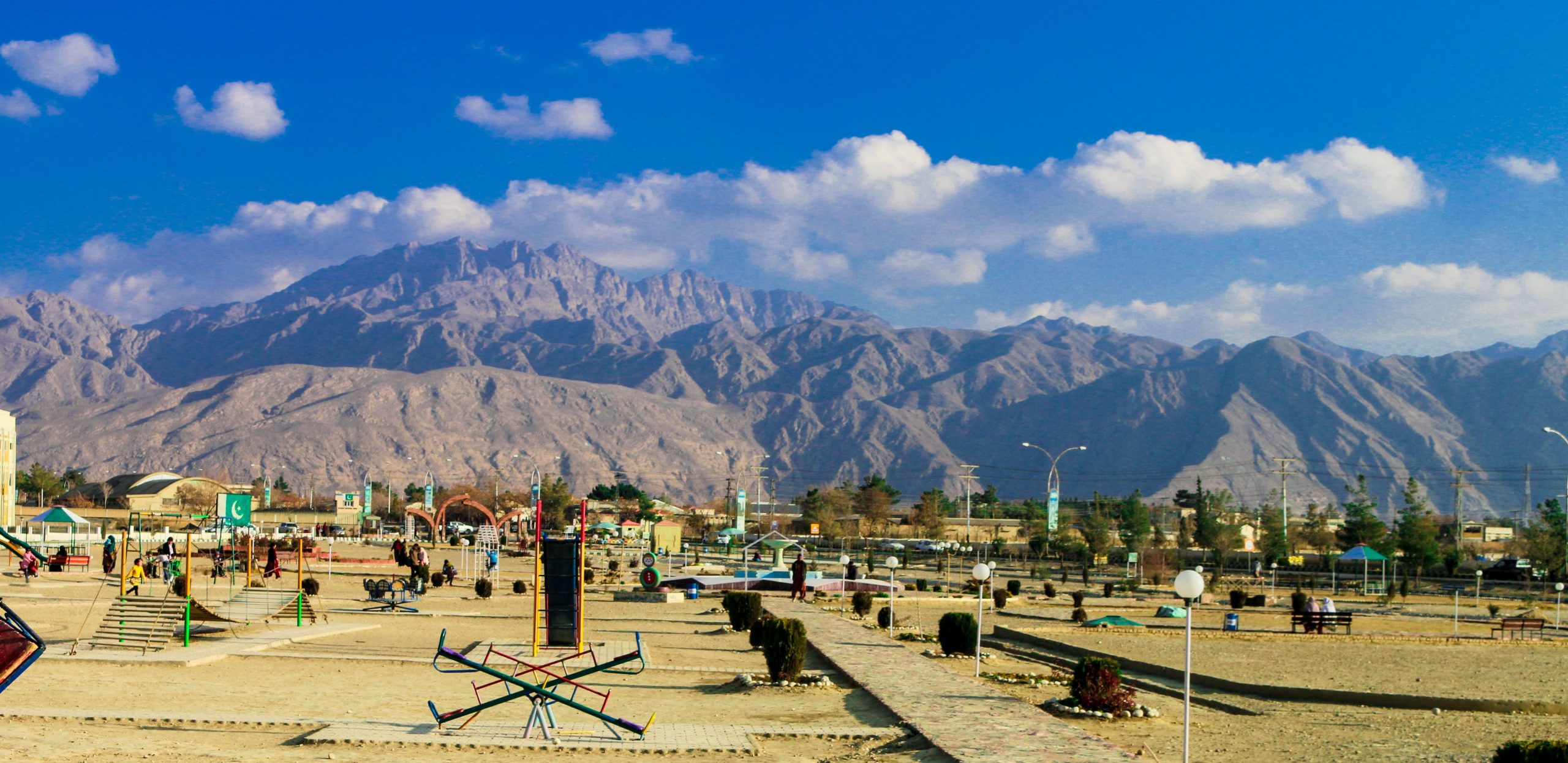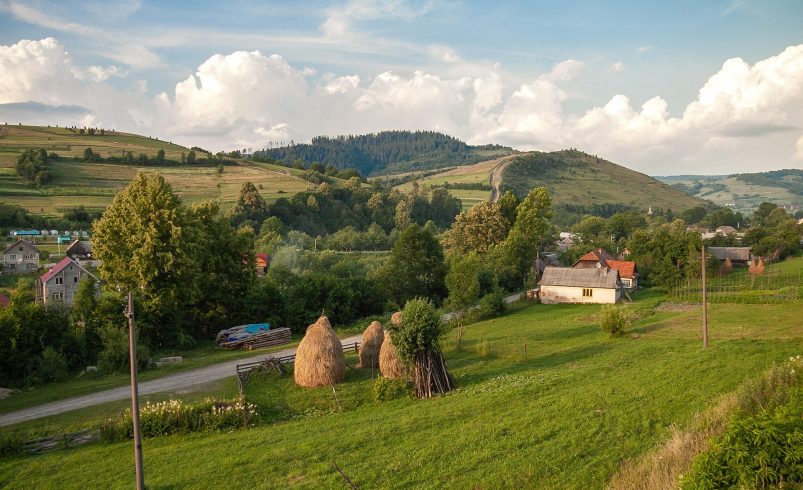
- February 2, 2025
Pakistan is a land of diverse cultures, landscapes, and history, and its rural villages offer a fascinating window into the country’s rich traditions and heritage. From centuries-old settlements nestled in the mountainous regions to ancient agricultural villages, Pakistan is home to many historical villages that have stood the test of time. These villages, with their timeless charm, provide visitors with an opportunity to explore local culture, customs, and architecture while experiencing the hospitality of their communities.
Notable Historical Villages in Pakistan
1. Shigar Valley (Gilgit-Baltistan)
Shigar Valley, located in the Gilgit-Baltistan region, is one of the most historically significant and picturesque villages in Pakistan. The village is famous for the Shigar Fort, which was built in the 16th century by the rulers of Baltistan. Shigar offers a serene environment with its lush green landscapes, traditional mud houses, and a glimpse into the way of life of the Baltistani people. The village’s historical significance lies in its connection to the region’s ancient Buddhist heritage, with several Buddhist relics found in the surrounding areas.
2. Baltit Fort (Hunza Valley)
Nestled in the stunning Hunza Valley, Baltit Fort is a symbol of Hunza’s rich cultural heritage. Originally built over 700 years ago, the fort served as the residence of the Mir of Hunza. Today, the fort and the village of Baltit offer a unique blend of ancient architecture and breathtaking natural beauty. The village is known for its traditional wooden houses, beautiful terraced fields, and spectacular views of the surrounding peaks, including Rakaposhi and Ultar Sar.+
3. Khaplu (Gilgit-Baltistan)
Khaplu, located in the Gilgit-Baltistan region, is an ancient village with a history dating back to the 16th century. The village is known for its historical significance and stunning natural beauty. Khaplu Palace, also known as Yabgo Khar, was once the residence of the Raja of Khaplu and is a prime example of the region’s historical architecture. The village is a wonderful representation of the traditional way of life in the highlands of Pakistan, offering visitors a unique opportunity to experience the local culture.
4. Ganish Village (Hunza Valley)
Ganish is one of the oldest settlements in the Hunza Valley and offers a fascinating glimpse into the traditional way of life of the people in this region. The village is famous for its well-preserved ancient houses, traditional irrigation systems, and the ancient Ganish Fort. Visitors to Ganish can explore its narrow streets, watch local artisans at work, and learn about the village’s strong historical ties to the region’s Islamic and Buddhist cultures.
5. Ratti Gali Village (Azad Kashmir)
Ratti Gali Village, located in Azad Kashmir, is a remote and serene village nestled in the foothills of the Himalayas. Known for its natural beauty, Ratti Gali offers a unique experience for travelers who are interested in exploring rural Pakistani life. The village’s proximity to the famous Ratti Gali Lake makes it a perfect destination for those who appreciate hiking and adventure. Ratti Gali is also known for its historical significance, with ancient traditions and folk music still thriving in the community.
6. Skardu (Gilgit-Baltistan)
Skardu, often referred to as the gateway to some of the highest peaks in the world, is not only famous for its trekking routes but also for its rich cultural heritage. The historical village of Skardu is home to many ancient forts, Buddhist monasteries, and centuries-old traditions. The village is located in the heart of the Karakoram Range and offers a peaceful atmosphere, scenic beauty. A taste of the local culture, with a perfect blend of Tibetan, Balti, and Pakistani influences.
Why Visit Historical Villages in Pakistan?
Visiting historical villages in Pakistan offers travelers a rare opportunity to step back in time. Let’s experience the unspoiled beauty and traditions of rural life. These villages are the living repositories of Pakistan’s cultural and architectural heritage. From ancient forts and palaces to traditional houses and customs, these villages offer a window into Pakistan’s past and present. Moreover, the warm hospitality of the villagers makes these visits even more memorable.
Best Time to Visit Historical Villages
The best time to visit historical villages in Pakistan is during the spring (March to May) and autumn (September to November). When the weather is pleasant and conducive to exploring the surroundings. Summer is also a good time to visit the northern regions of the country. The Hunza Valley and Gilgit-Baltistan, as the weather is more comfortable for sightseeing and outdoor activities.
Conclusion
Historical villages in Pakistan are treasures waiting to be explored. From the stunning Hunza Valley to the serene surroundings of Skardu, each village offers a unique journey through time. Visiting these villages will not only enrich your understanding of Pakistan’s history. They allow you to experience the beauty of its rural life. Whether you’re a history enthusiast, a nature lover, or someone who enjoys immersing themselves in local cultures. Pakistan’s historical villages will leave you with unforgettable memories.


